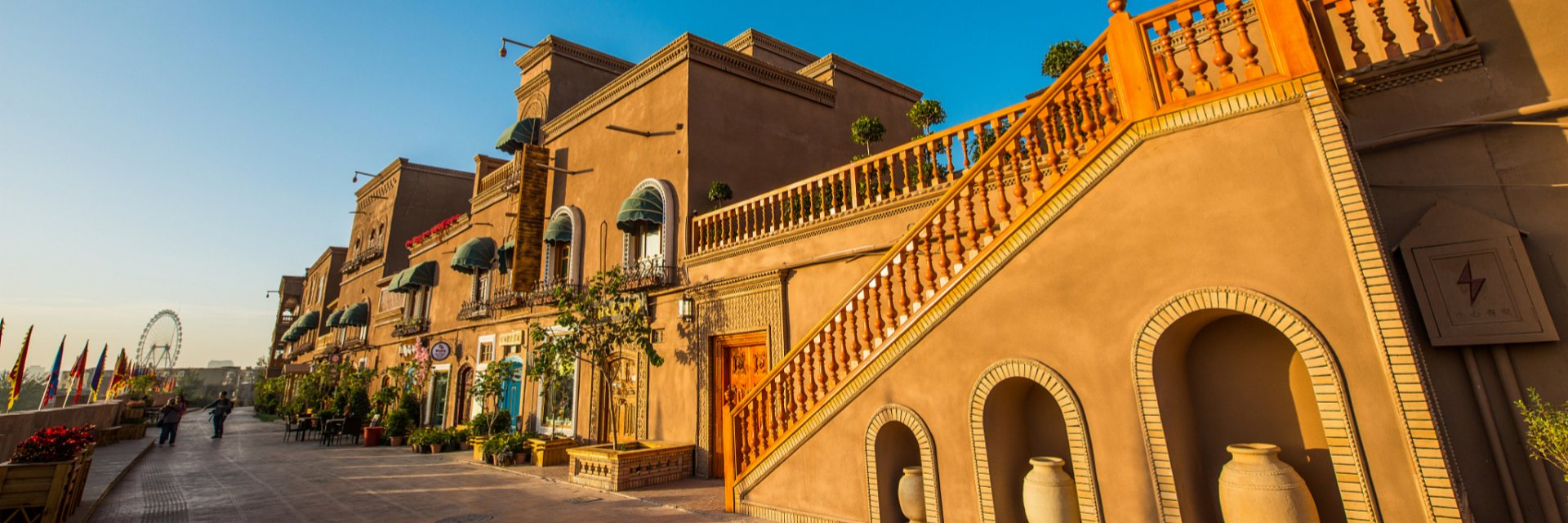
Your Complete South Xinjiang Travel Guide
Hi! I’m Leo. As a traveler who has traversed the vast and enchanting landscapes of Southern Xinjiang countless times since 2012, I’ve come to deeply appreciate its unique allure. This region, often referred to as the “Pearl of the Silk Road,” offers a profound journey into history, culture, and nature that is unlike any other. It’s a place where ancient traditions thrive amidst dramatic scenery, from sweeping deserts to serene alpine lakes and majestic mountains. My goal here is to share insights that blend objective facts with my personal experiences and recommendations, offering a genuine and professional guide to help you plan an unforgettable adventure.
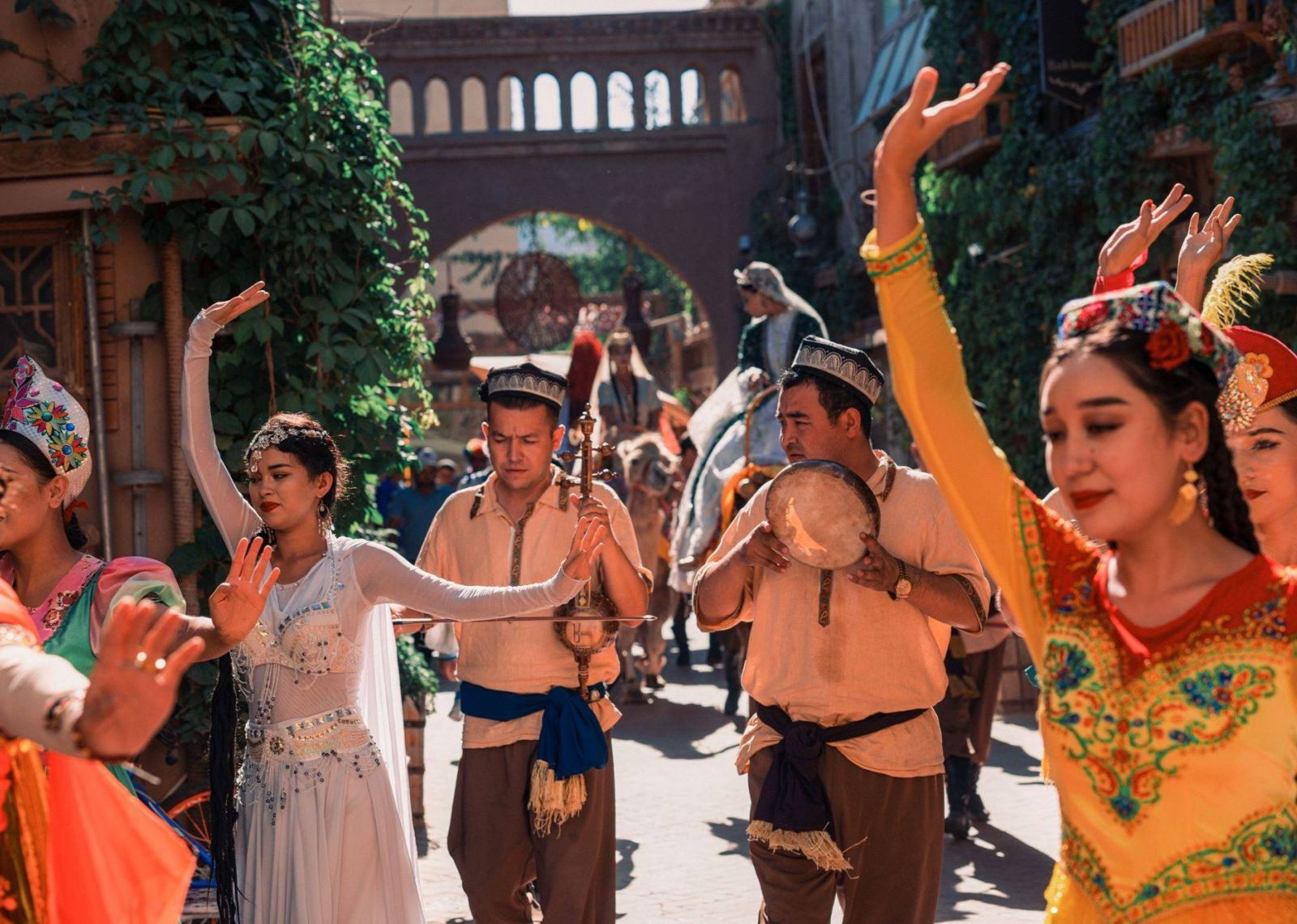
When to Embark on Your Southern Xinjiang Travel
Choosing the right time to visit Southern Xinjiang is crucial for a comfortable and rewarding experience. Based on climate data and my numerous trips, the optimal window is generally from May to October. Within this period, August to October often proves to be the prime time, offering mild weather that skillfully avoids the spring sandstorms and the intense summer heat, which can soar above 40°C (104°F). While winters in Southern Xinjiang are milder than in the north, they still dip below freezing, which might not be ideal for extensive exploration.
I personally advocate for visiting in September. The skies are typically clear, and the golden poplar leaves around the desert edges create a truly magical atmosphere. If you’re sensitive to heat, I strongly advise against peak summer travel. Instead, aim for autumn when local fruits like melons and grapes are in season, adding a delightful culinary dimension to your journey. Conversely, spring (March-May) offers mild weather, though travelers should be prepared for potential sandstorms that can occasionally cause temporary road closures.
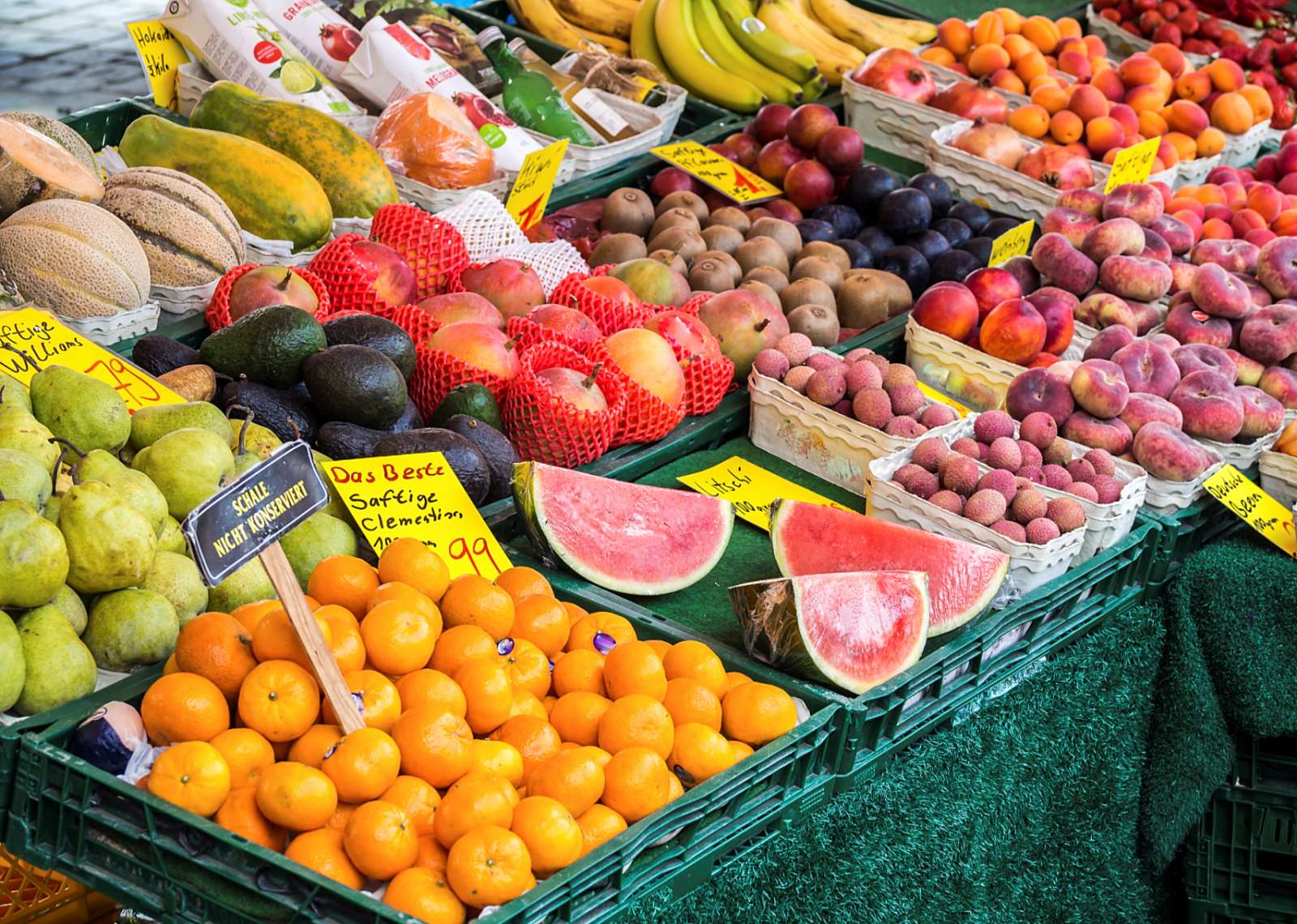
Key Destinations and Experiences in South Xinjiang
Southern Xinjiang is dotted with ancient cities and natural wonders, each offering a distinct flavor of the region. Here are the destinations and experiences that, in my opinion, are absolute must-sees:
Kashgar: The Enduring Heart of the Silk Road
Kashgar is undeniably the cultural epicenter of Southern Xinjiang and a truly indispensable stop. Its ancient Old Town is a labyrinth of narrow alleys, traditional Uyghur architecture, and vibrant daily life, offering a palpable sense of stepping back in time. The city is a melting pot of Central Asian, Pakistani, and Chinese influences. The Id Kah Mosque, one of China’s largest, stands as a magnificent symbol of the local Uyghur community’s spiritual core. No visit to Kashgar is complete without experiencing the bustling Sunday Market, where you can immerse yourself in local customs, and find everything from handicrafts and spices to fresh produce and livestock. I’ve spent countless hours haggling for jade here and simply observing the lively interactions—it’s an unbeatable spot for people-watching and experiencing authentic Uyghur life. I suggest dedicating at least 3-4 days to truly explore Kashgar, excluding excursions further afield like the Karakoram Highway.
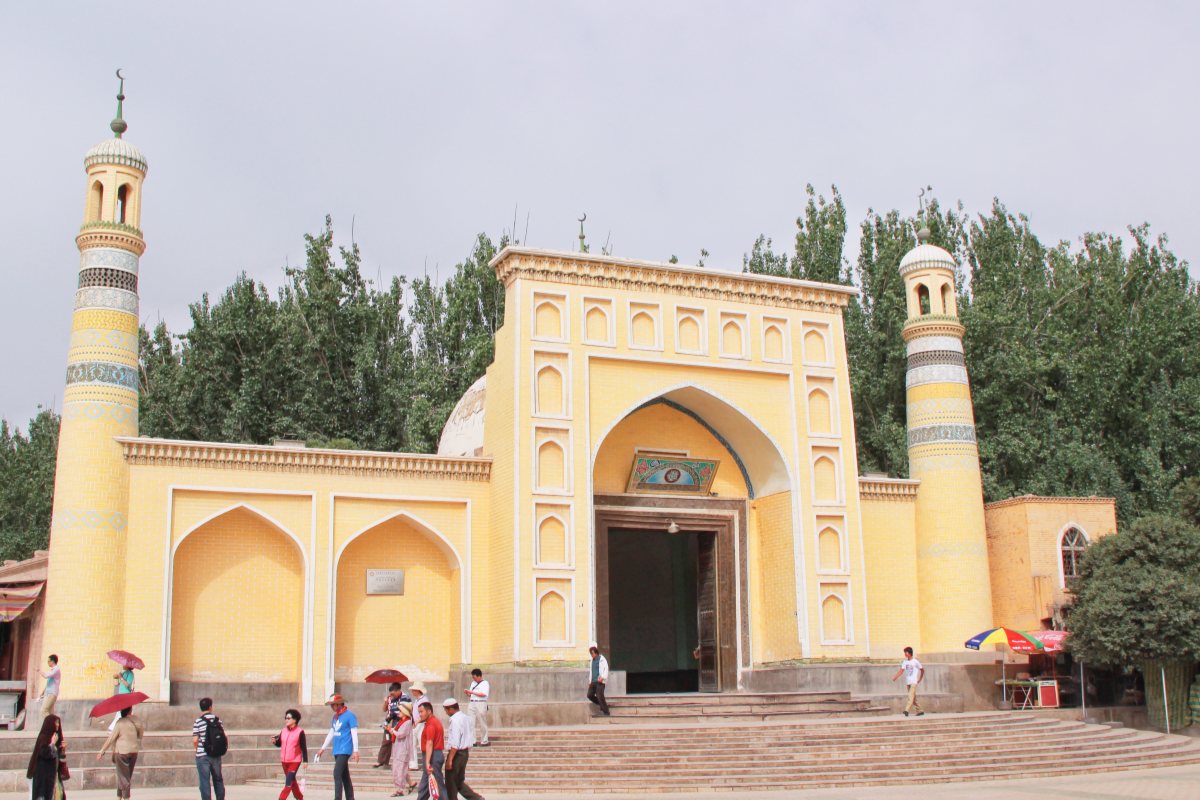
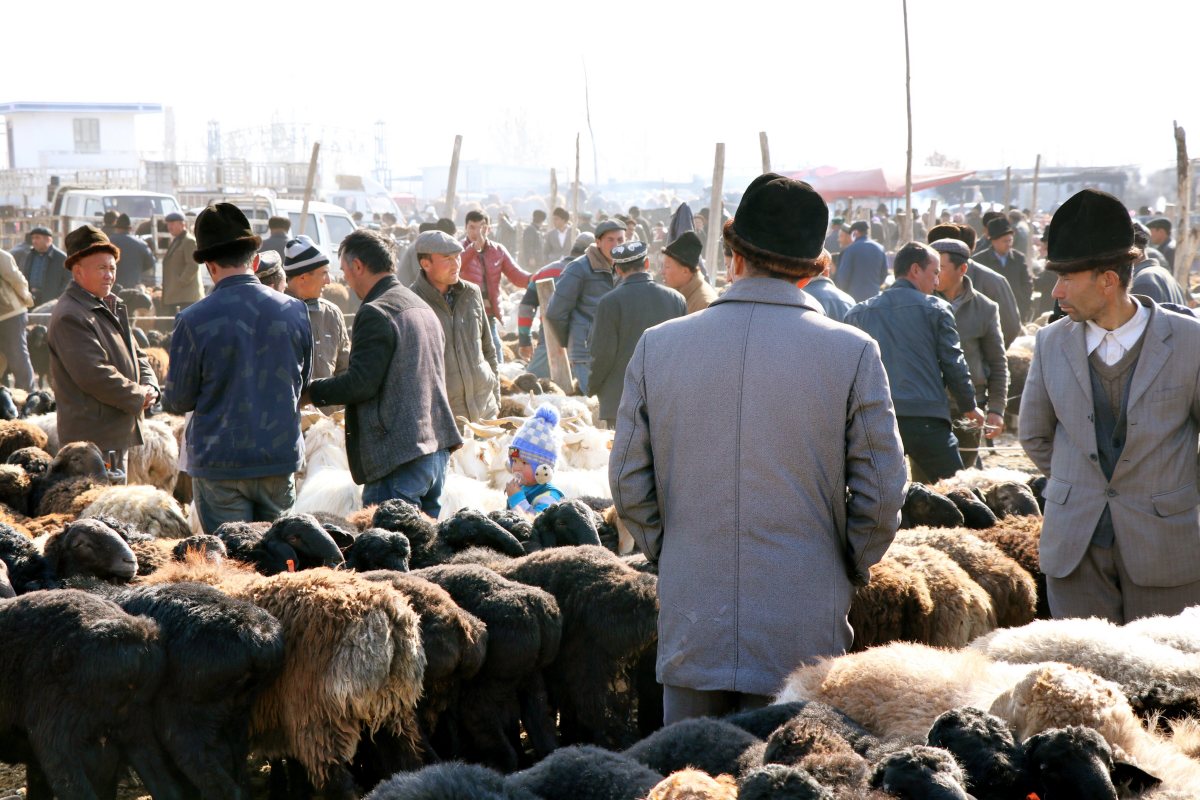
Turpan: An Oasis of Ancient Ingenuity
Turpan, known as the “Jewel of the Silk Road,” is another highlight, famed for its unique landscapes and historical sites. Despite its arid climate, it’s a testament to ancient human ingenuity. Key attractions include the striking Flaming Mountains, named for their reddish hue, and the remarkable Karez System, an ancient underground irrigation network that is a true marvel of engineering. The Jiaohe Ruins, a well-preserved ancient city, offer a fascinating glimpse into the region’s past. The extreme heat here (it’s one of China’s hottest spots) is surprisingly offset by the exceptionally sweet local fruits, especially the grapes.

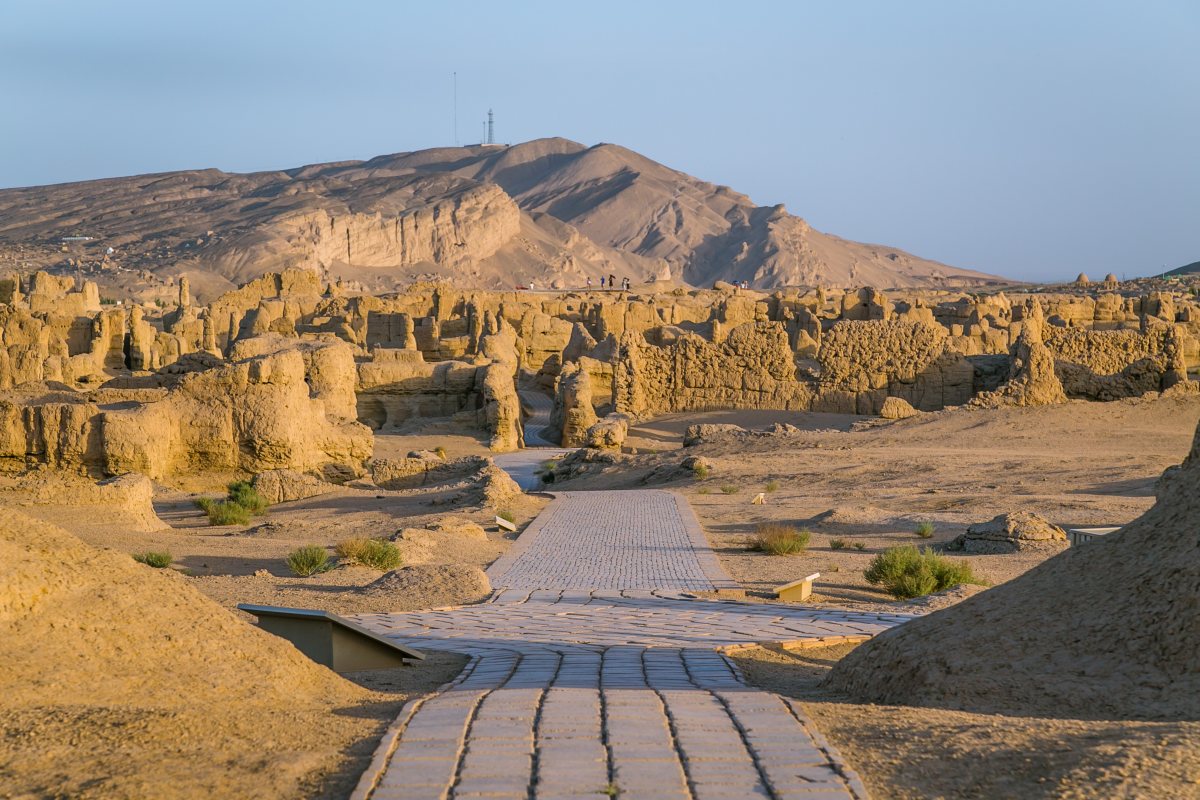
Hotan: The City of Jade and Authentic Culture
Located in the southwestern part of Xinjiang, Hotan is more remote but offers a deeply authentic Uyghur experience. It’s globally recognized for its vibrant jade markets and traditional carpet weaving. This city provides an excellent opportunity to delve into local life and culture. The nearby Taklamakan Desert crossings are exhilarating, but for safety and convenience, I strongly recommend a guided tour to navigate its vastness. Hotan is also an ideal base for exploring surrounding areas, including the possibility of an overnight camel ride on the “singing dunes” of the Taklamakan.
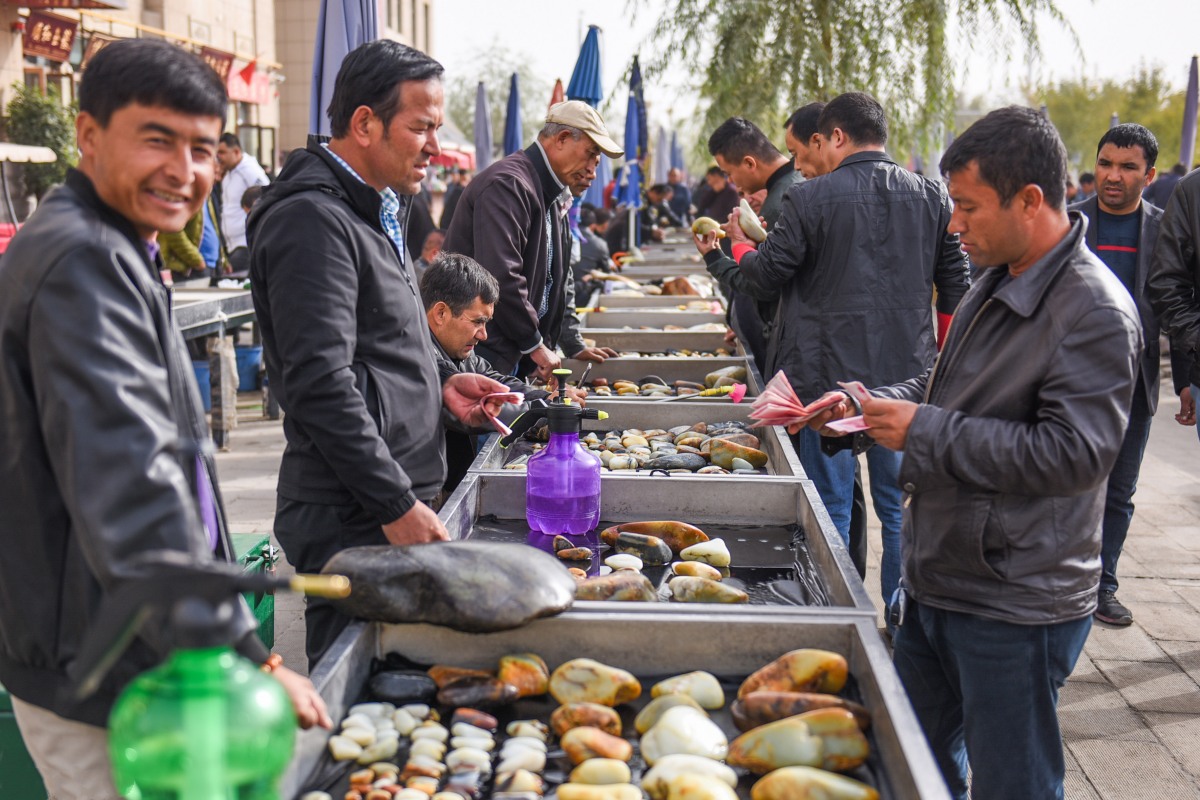
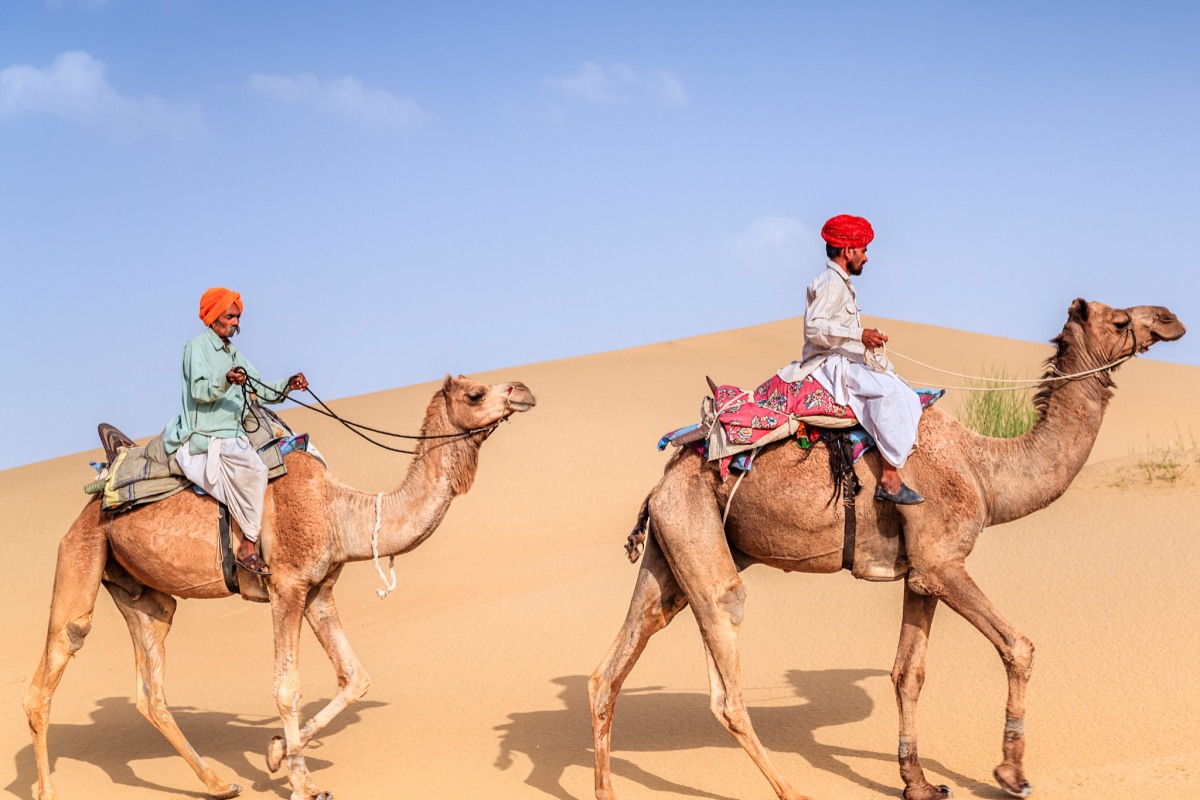
Beyond the Cities: Natural Wonders and Historical Treasures
Southern Xinjiang’s appeal extends far beyond its urban centers:
Karakoram Highway and Karakul Lake
The drive along the Karakoram Highway itself is an experience, leading to the breathtaking Karakul Lake. Nestled amidst the stunning Pamir Mountains at 3,600 meters, this serene alpine lake offers profound tranquility and opportunities to interact with local Kyrgyz communities in their yurts. I’ve found that arriving before 10 AM is best, as the mirror-still surface of the lake typically gives way to winds by noon. While the altitude here is higher, it’s not extreme; ascend steadily and stay hydrated to avoid altitude sickness.
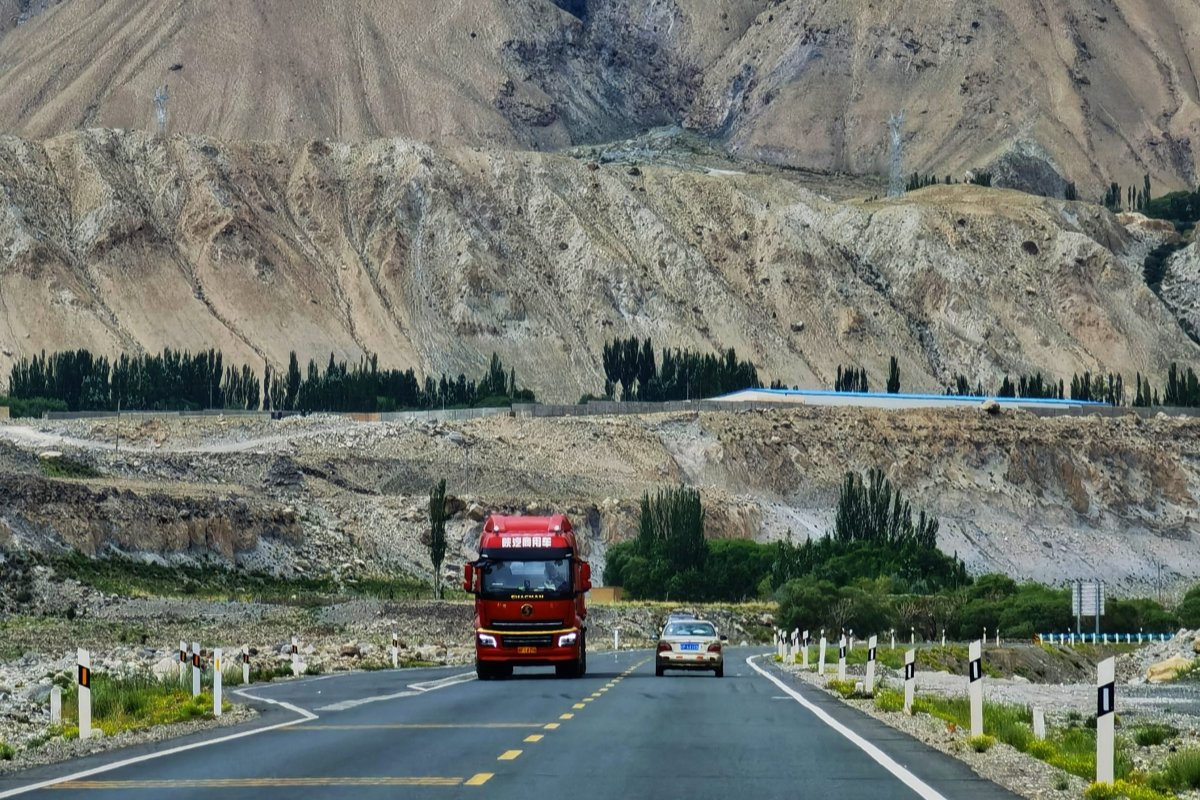
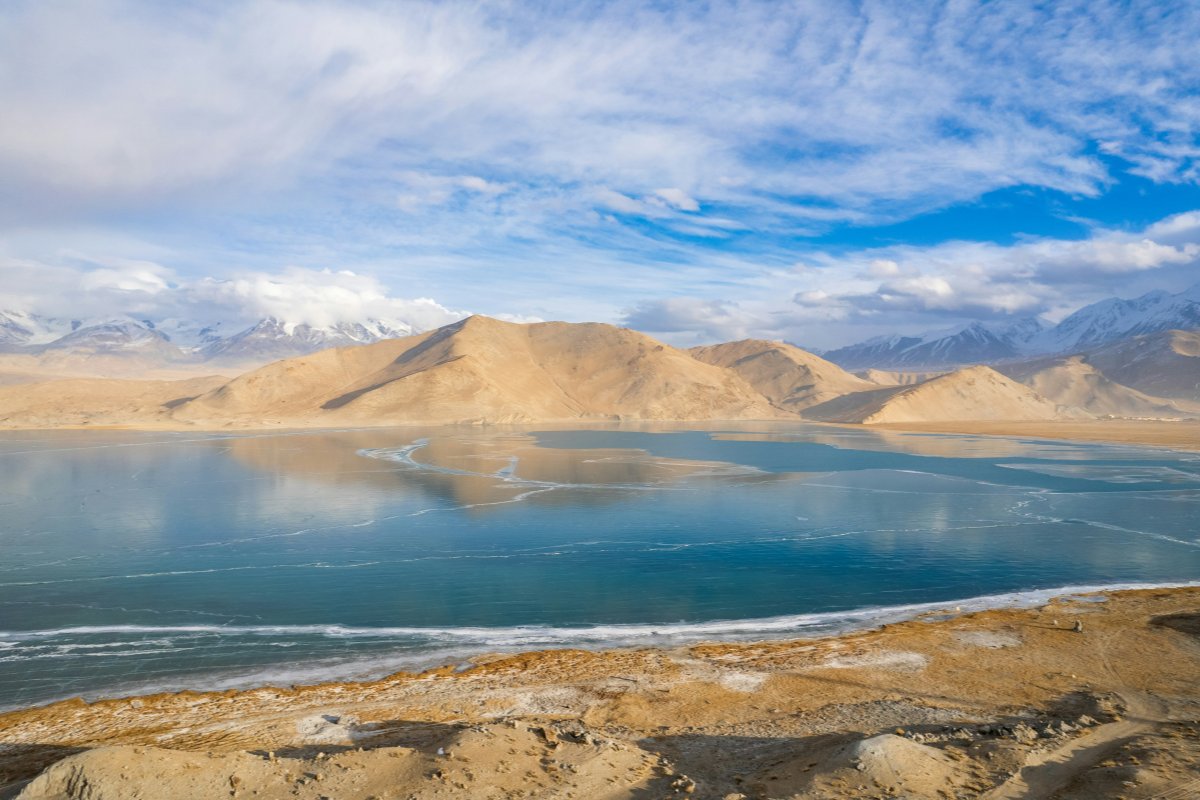
The Mighty Taklamakan Desert
Known in Uyghur as “can get in, can’t get out,” the Taklamakan Desert is the largest desert in China and an adventurer’s dream. A camel trek through its dunes provides a unique perspective on the region’s natural beauty. For the truly adventurous, a camping trip under the stars offers an unforgettable experience of the serene desert night. Driving along the Southern Xinjiang Desert Highway also provides a unique, immersive perspective on this vast landscape. I’ve found the desert isolation transformative, though undeniably exhausting.
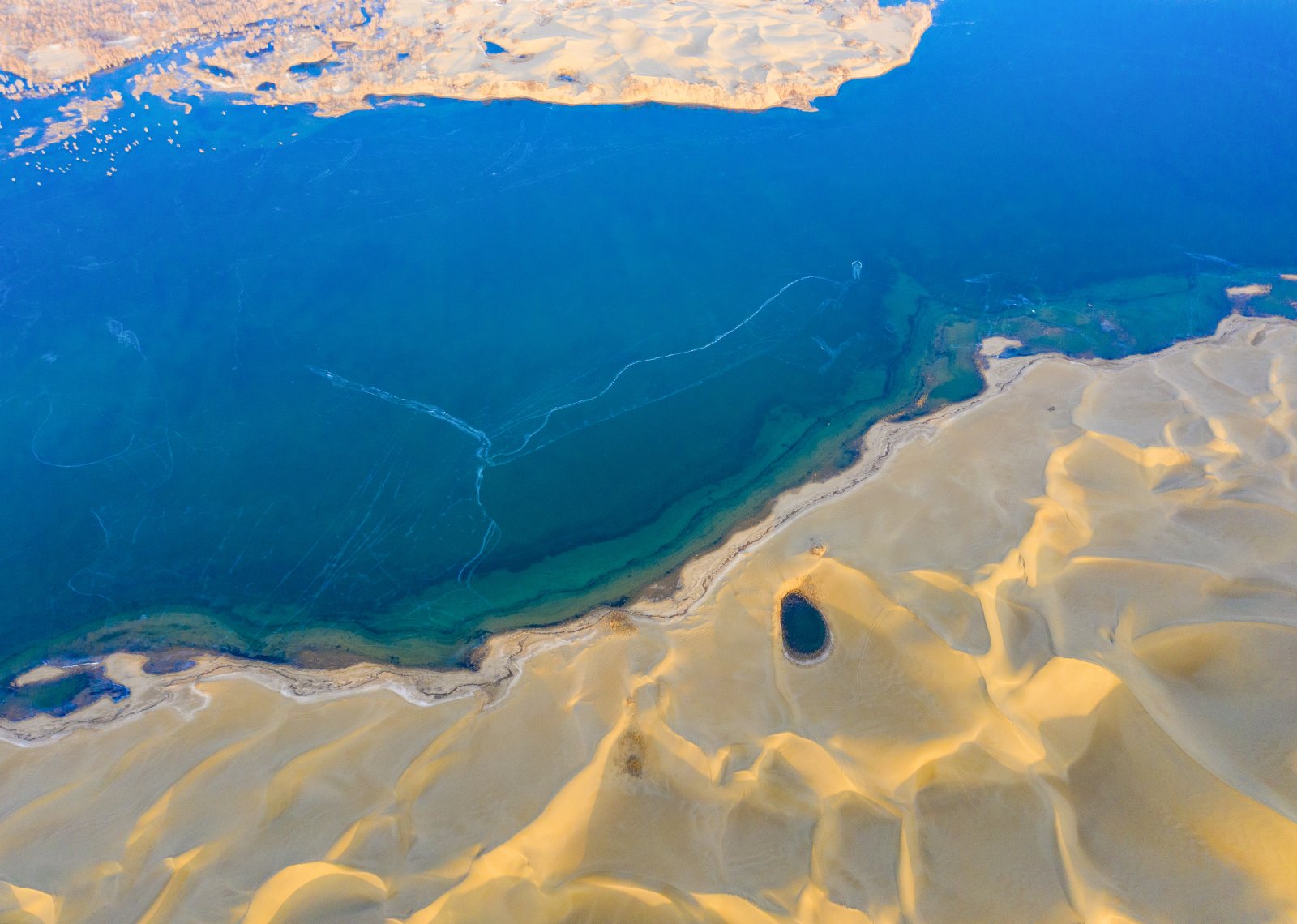
Kuqa (Kucha) and Korla
These cities offer a deeper dive into the region’s historical and religious heritage. Kuqa boasts sites like the Keziliya Grand Canyon, which I find comparable to Utah’s red rocks in its stunning geological formations, and the Kizil Thousand Buddhist Caves, home to some of the earliest Buddhist murals in China. Exploring these areas provides valuable insight into the ancient Buddhist kingdoms that once flourished along the Silk Road.
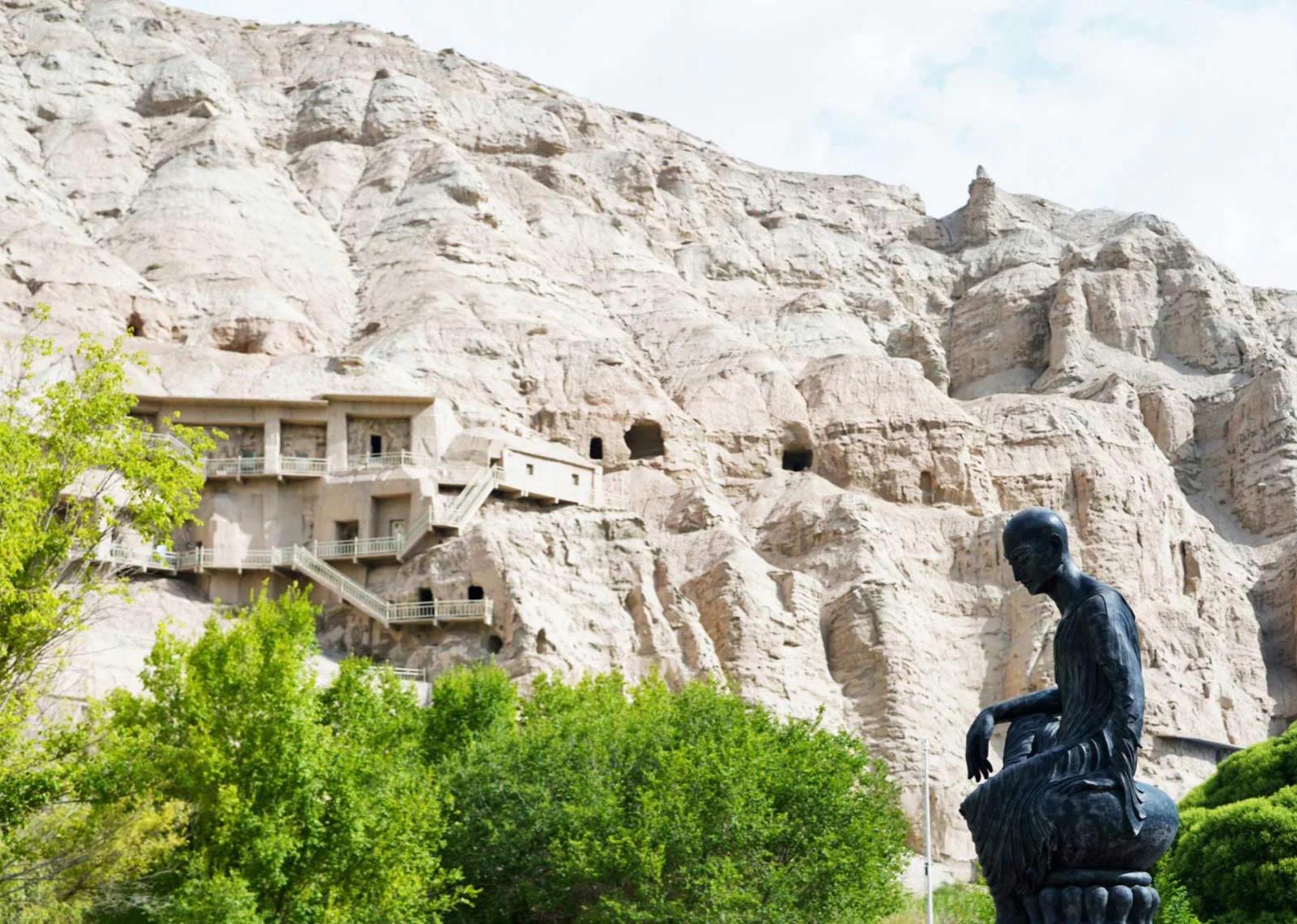
Optimizing Your Expedition: Itinerary and Practicalities
Given the immense scale of Southern Xinjiang, careful planning is paramount. Travel between attractions can be time-consuming, sometimes taking a full day or more. My recommendation is to set aside sufficient time to genuinely soak in the region’s offerings.
Suggested Itinerary for a First Visit (10 Days)
For those embarking on their first journey to Southern Xinjiang, I recommend a balanced plan that covers the primary highlights:
| Days | Focus | Key Activities / Destinations |
| Days 1-2 | Arrival & Turpan Exploration | Arrive in Urumqi, visit Xinjiang Museum (for context), then head to Turpan for the Flaming Mountains, Karez System, and Jiaohe Ruins. |
| Days 3-5 | Desert Landscapes & Ancient History | Travel to Korla and Kuqa, exploring desert landscapes and ancient Buddhist sites like the Kizil Grottoes and Keziliya Grand Canyon. |
| Days 6-8 | Jade City & Desert Crossing | Explore Hotan for jade markets and silk production. Undertake a guided crossing of a section of the Taklamakan Desert. Travel towards Kashgar. |
| Days 9-10 | Kashgar & Pamir Views | Dedicate time to Kashgar’s Old Town, Id Kah Mosque, and Sunday Market. Take a day trip to Karakul Lake and Tashkurgan along the Karakoram Highway for breathtaking Pamir views before departing from Kashgar. |
Navigating Southern Xinjiang: Transportation Insights
For covering long distances, particularly between Urumqi and Kashgar (a roughly 2-hour flight), domestic flights are the most efficient option. Trains offer a more scenic, though longer, alternative. For exploring specific regions and their scattered attractions, I highly recommend a private car with a driver and guide. This offers invaluable flexibility, comfort, and local insight. Be prepared for frequent security checks; arriving early for flights and trains is a good practice. While traveling, be aware that distances can be misleading on a map; checkpoints, photo stops, and even wildlife crossings can double drive times. While renting a private car is pricier, cost-sharing with fellow travelers makes it an economical and flexible way to journey through the region.

What to Pack: Preparing for Xinjiang’s Climate
The weather in Southern Xinjiang can be unpredictable, with significant temperature differences between day and night (sometimes up to 20°C). Layering is essential. I always pack long-sleeved shirts and trousers, not just for warmth but also for sun protection during outdoor activities. Sunscreen, a wide-brimmed hat, sturdy walking shoes, and a buff or light scarf for dust gusts are crucial. Given potential power outages in remote guesthouses, a power bank is a smart addition. Moisturizer and lip balm are also a must, as humidity often sits below 15%.
Cultural Sensitivity and Safety
Southern Xinjiang is predominantly Muslim, with the Uyghurs and Kyrgyz being the largest ethnic groups. Respecting local customs and Islamic traditions is paramount. When visiting mosques or attending cultural events, dress modestly (knee-to-shoulder covered) and always ask for permission before taking photographs of individuals. In homes, remember to remove your shoes and accept tea with your right hand. While pork is easy to avoid, alcohol is generally fine in most restaurants, but it’s polite to ask first. Although visible, the police and security forces I’ve encountered have generally been polite. Movements may be monitored, especially for foreigners, so it’s wise to be aware of your surroundings and adhere to local guidelines. While Mandarin is helpful in transport hubs, a smile and a simple “yakshimusiz” (hello in Uyghur) will open more doors than perfect grammar. Avoid discussing sensitive political or religious topics.

Health and Safety Considerations
Altitude sickness is a concern only in the Karakoram section (above 3,000 meters); I advise ascending steadily and hydrating well. Due to significant temperature swings, especially after sunset, always layer your clothing. Expect thorough ID scans at every station and bag checks at bazaar entrances. While this can be tedious, I’ve found it to be a measure of security rather than a threat. Payment is increasingly cashless, with Alipay/WeChat dominating, but carrying some cash is advisable for village guesthouses. I suggest joining a reputable tour group can significantly ease logistical challenges and enhance safety, especially for solo travelers.
Hope these insights, drawn from extensive personal experience, equip you to embark on your own unforgettable adventure. Approach Southern Xinjiang with an open mind and a spirit of curiosity, and it will undoubtedly leave an indelible mark on your heart.
Recommended South Xinjiang Tours: